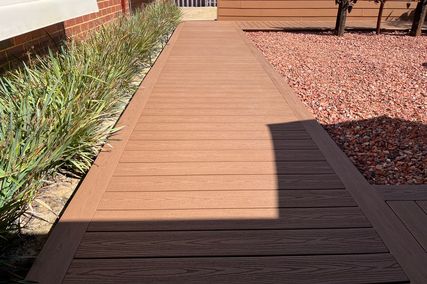Architecture practices appear to be on the rebound from the pandemic-induced recession, according to the fifth “pulse check” survey conducted by the Association of Consulting Architects in late April.
The survey received responses from 366 practices employing more than 3,700 FTE non-casual technical staff and 560 FTE casual technical staff.
Of the responding practices, 52 percent were small practices employing five people or fewer. Sixteen large practices employing more than 100 people also responded to the survey.
The survey revealed activity levels have dropped in most sectors, however, an increased number of practices are working in the private residential and affordable/social housing sectors.
The biggest drops were in retail, aged care and hospitality, compared with the previous pulse check survey, which saw the biggest drops in multi-residential and commercial.
Despite this, almost two-thirds of responding practices reported that the were either moderately busy or very busy, 12 percent of practices face immediate work shortages, compared with 20 percent in the previous survey, and 6.8 percent reported that they were very quiet.
However, the survey comments note that busyness has not necessarily translated to increased profitability, with ongoing concerns of low fees and fee cutting practices.
The survey also revealed 72 percent of responding practices have accessed the federal government’s Job Keeper wage subsidy, which ended in March. A small number of practices (16) have had to reduce staff following the end of Job Keeper and 22 percent of respondents expect Job Keeper changes will have a negative impact on their ability to retain staff.
However, 175 responding practices have employed new staff over the past year, totalling 313 new people in the architectural workforce: 58 students, 105 graduates, 81 mid-career practitioners, 58 experienced practitioners, and 11 people in other roles.
The financial effects of the past year seem to be unevenly distributed, with 38 percent of responding practices reporting they are in a better financial position than the start of the pandemic, while one-third of practices are worse off and 14 percent much worse off.
A full summary of the survey results can be found on the ACA website.
















